(Zaman Al Wasl) In tandem with the destruction of all aspects of life in Sunni-majority areas opposed to the Assad regime, the latter has been working on a plan, since 2011, to create an advanced industrial base in pro-regime areas amid aims to rely on this area as a substitute for the major industrial areas that are under Sunni control.
Despite the regime’s supposed financial problems due to its excessive spending on military action against Syrian civilians, the regime is spending billions of Syrian Pounds on industrial production projects in pro-regime areas.
Zaman al-Wasl presents the facts behind the regime’s plans to establish industrial zones and crafts in pro-regime areas.
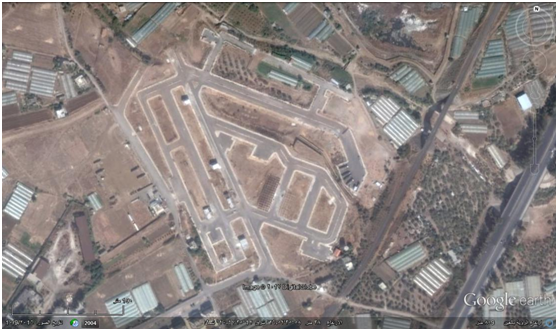
There are three main industrial and handicraft areas in the Syrian coastal region which are distributed as follows:
Latakia Province: The industrial and handicraft area covers an area of 350 hectares (3500 acres) where 40% has been invested so far. The government has provided this industrial area with around half a billion Syrian Pounds to follow up on constructing the infrastructure.
Tartus Province: The industrial and handicraft zone covers an area of 100 hectares (1000 acres), and the regime has invested 100% of the proposed funds so far.
Baniyas City: The industrial and handicraft areas extend over an area of 35 hectares (350 acres) making available 350 individual workspaces. The area will start production at the end of 2017.
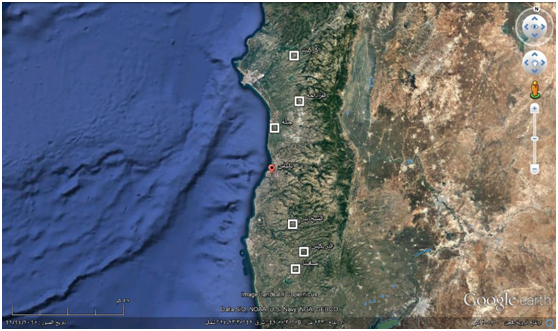
Recently, the government decided to spend over 5.5 billion Syrian Pounds to begin building six industrial areas in the coastal region of Syria equally distributed between the cities of Tartus and Latakia.
The plan is not a new one as it has been circulated in the corridors of power since the start of the popular movement against the regime. These areas are expected to serve as substitutes for the industrial areas that stopped working in Sunni majority areas.
Bashar al-Assad gave the government orders to move forward with the plan and allot the funds necessary to build the six industrial and handicraft areas as a first step in creating an economic stronghold in the coastal regions.
The first industrial area is in the al-Sheikh Badr area, in Tartus province, where it covers 7.5 hectares (75 acres) at an estimated cost of one billion Syrian Pounds. The industrial area will offer 175 divisions to include the same number of diverse industrial establishments.
During a visit in April 2017, the Prime Minister lay down the founding rock for this industrial area. The management unit has received 750 million Syrian Pounds of the total sum so far.
The second industrial area was established in the al-Dreikich area, in Tartus province, covering an area of 4.5 hectares (45 acres) and at the cost of 775 million Syrian Pounds. The town management unit has received 569 million Syrian Pounds of the total sum so far.
The third industrial area was established in Safita, covering an area of 10 hectares (100 acres), for the cost of around 1 billion Syrian Pounds. The industrial area has space for 250 workspaces. The town management unit has received 700 million Syrian Pounds of the total sum so far.
The fourth industrial area lies on the Latakia- Jisr Ash Shujur road located 35 Kilometers away from Latakia. The industrial area is close to al-Cricket village in the al-Bahlawaniyet district. The industrial area extends over 35 hectares (350 acres) at an estimated cost of 1 billion Syrian Pounds.
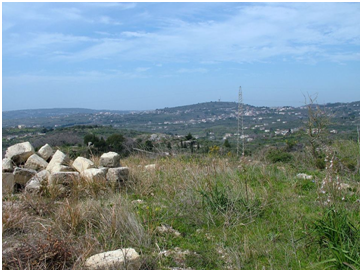
The fifth industrial area is in the town of al-Qardaha and covers an area of 3 hectares (30 acres) at an estimated cost of 632 million Syrian Pounds. The main part of this industrial area has been completed.
The sixth industrial area is in Jableh town and covers an area of 25 hectares (250 acres) at the cost of 1 billion Syrian Pounds.
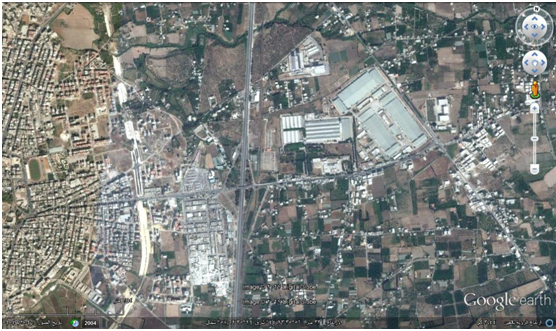
The government agreed with the public-sector companies (the General Company for Studies and other companies) on an implementation period of no more than 200 days starting from September 17, 2017. The companies will complete the largest part of the industrial areas this year as the government allocated the funds from the 2017 budget.
Based on the government plans, industrialists and craftsmen will be able to subscribe to the industrial spaces with facility as it is possible to pay the investment subscription fee in instalments over a long period (10 years). Some influential persons are calling for the period to be increased to make the scheme more appealing to industrialists and investors.
As part of its investment in Alawite areas, the government launched a project to upgrade the 27-kilometer-long Tartous-Dreikich road at the cost of 3.7 billion Syrian Pounds. The project comes as many streets in the capital and other provinces are home to hundreds of homeless people living on the streets.
In addition to the al-Balout Dam project in the Dreikich town which has started at an estimated cost of 1 billion Syrian Pounds. These projects are among many others which Zaman l-Wasl has mentioned previously.
Based on these initiatives, it appears that the Syrian regime is on track to move the economic weight, industrial specifically, to pro-regime areas.
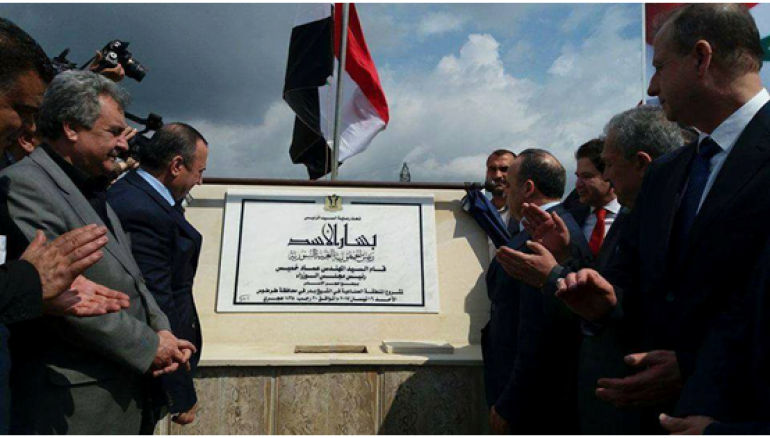
















Comments About This Article
Please fill the fields below.